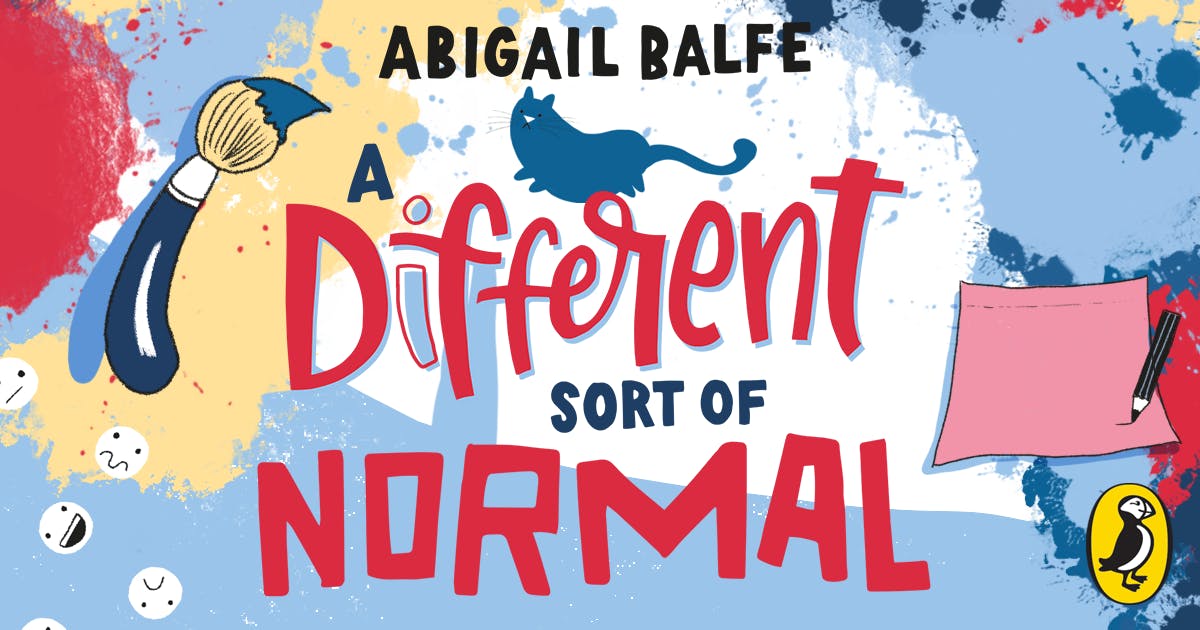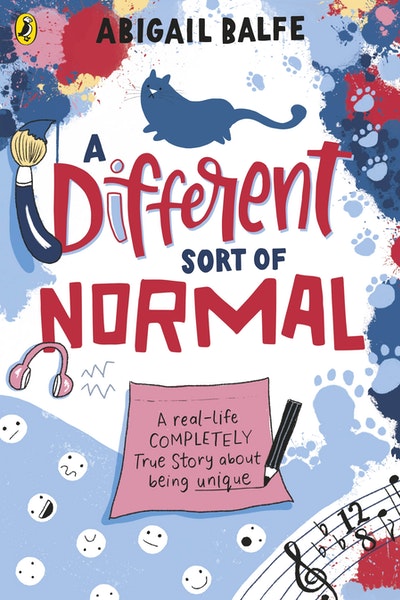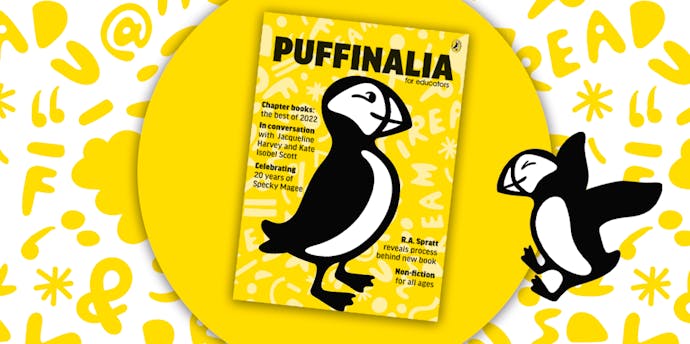Meet the author-illustrator and autism advocate behind A Different Sort of Normal.
A Different Sort of Normal is the beautiful, and beautifully illustrated, true story of one girl's journey growing up autistic, and the challenges of navigating the 'normal' world around her.
What inspired you to write your own life story for children to read?
I spent the majority of my life feeling out of place, like I didn’t fit in with any of the groups or people around me, nor the routines and expectations created by society - so when I was diagnosed as autistic at the age of 33 it was as if all the confusing parts of my life suddenly started to make sense. I finally had a reason for feeling different from those around me. I finally started to accept myself and prioritise my own wellbeing, rather than constantly trying to please those around me and attempting to pass as “normal”.
I was studying for an MA in Children’s Book Illustration at the time, so I naturally started scribbling thoughts and facts and memories about my childhood in my sketchbook, making sense of my life on paper with doodles and words. As these words and pictures started to come together, I began to realise just how helpful a book telling my story could be for children growing up struggling to fit in - I certainly would have loved to read a book like this when I was a child.
During this time I had also become increasingly aware through my online research (especially through the autism-related accounts I followed on Instagram), that many children and adults are currently missing out on an autism diagnosis due to factors like race, gender, where they live and how much money they have - as well as due to the harmful stereotypes and misconceptions around autism.
I’m extremely privileged to have had access to an NHS diagnosis here in the UK and I wanted to use that privilege to tell my own story. And in telling my experiences I want to help every child who feels different, while hopefully playing a part in quashing some myths around autism along the way.
The book is for everyone who has ever felt out of place, autistic or not autistic. There is something universal about feeling out of place and each of us experiences the world differently. I wanted to show children that despite those feelings and struggles, it’s possible to be happy and at peace with yourself. The things that set you apart from others are also the things that make you unique and important.
Do you have a favourite section of A Different Sort of Normal? What is it, and why?
I have a few favourite sections, for different reasons! There are some parts I’m proud of artistically such as the double page spread about the scary swimming pool party, the pages full of funny cats, and I also really like the overwhelming sensory overload classroom scene - I think the pictures on these pages really help demonstrate what it can feel like in these situations. The book is full colour with drawings on every page - so there’s a lot to experience visually!
Then there are parts of the book that I really enjoyed writing because they included lots of humour, such as the section on my fear of toilets - including the story about the time I got locked in a cinema overnight because I fell asleep on the toilet! Also one of my favourite parts is the story about the very unusual way I tried to make friends when I was 16 . . . I won’t write about that here though as I don’t want to give away too much too soon!
I also really like the ending of the book, because it’s uplifting and each time I read it I feel proud to be me. I really hope young people and not-so-young people will feel that way about themselves too when they finish reading the book.
What has been the best thing about creating a book?
It’s been incredible to see my thoughts and memories and research all come together, to create something colourful and solid and easily accessible that I hope will entertain and bring comfort to children in equal measures. To have something that can be held in one hand and will reach people across the globe is pretty amazing and I’m so grateful to Penguin for believing in my story enough to give me my first (two-book!) deal.
A Different Sort of Normal covers not only autism, but also gender, sexuality, families, music, friendships and more. What was your research like in creating this book?
Although this wasn’t originally supposed to be an “information book” as such and it’s more of a narrative non-fiction book, it became clear that facts and definitions were needed along the way in order to tell my story. I had already undertaken a lot of research around autism through books, social media, videos and websites when first considering my own diagnosis, so I was able to put that knowledge to good use when creating this book. I was also lucky enough to be introduced to a network of Inclusion Ambassadors through Inclusive Minds (the CIC supporting and championing inclusion and diversity in children’s books) who helped ensure accuracy across the subjects the book covers.
What do you wish all teachers knew about the neurodivergent children in their classrooms?
Neurodivergence is a huge and varied spectrum and not every child learns or experiences the world in the same way. It’s important to work with that individual child to understand their needs, their struggles and their preferred methods of learning. Equally, there are likely to be a number of undiagnosed neurodivergent children in your class, so being aware of this and not limiting your help and support to those with formal diagnoses is important too.
For example - a child who is quiet, well-behaved and appears to be doing well academically, could actually be autistic and secretly struggling with social and sensory issues. So it’s important to get to know the individual and be open to adapting the classroom and learning methods to include all sorts of young, developing brains.
How do you hope young readers will feel when they open your book?
I hope readers will feel a sense of belonging. I wanted to inspire hope and acceptance, as well as show children just how important it is to be kind to each other because you never know what’s going on in someone else’s life or in someone else’s head. I wanted the book to feel like having a chat with a friend, rather than an adult person telling them lots of serious stuff! I have never really felt like a proper adult (whatever one of those is!) and I still often feel like I’m a child learning lots about the world around me, so my writing style often reflects this. I tell my stories as things pop into my head and go off on tangents (I could probably win a prize for the longest footnote ever on page 54-55!)
Fun fact: this book was actually supposed to be about half the length it actually is, but I had so many things I wanted to share with readers that we decided were too important to edit out, so we almost doubled the amount of pages!
I want readers to come away from the book feeling proud to be themselves, less alone and even excited about the years they have in front of them.














